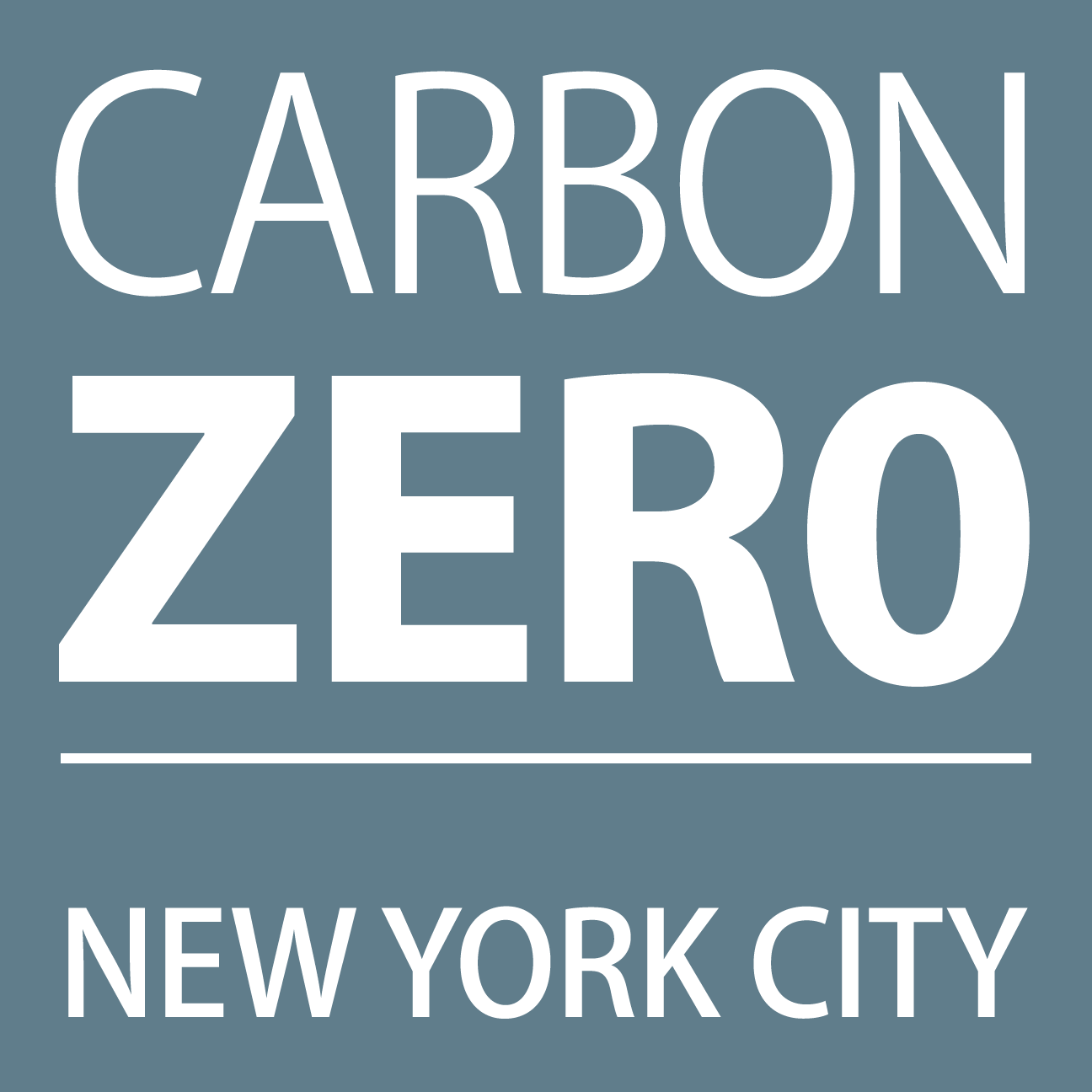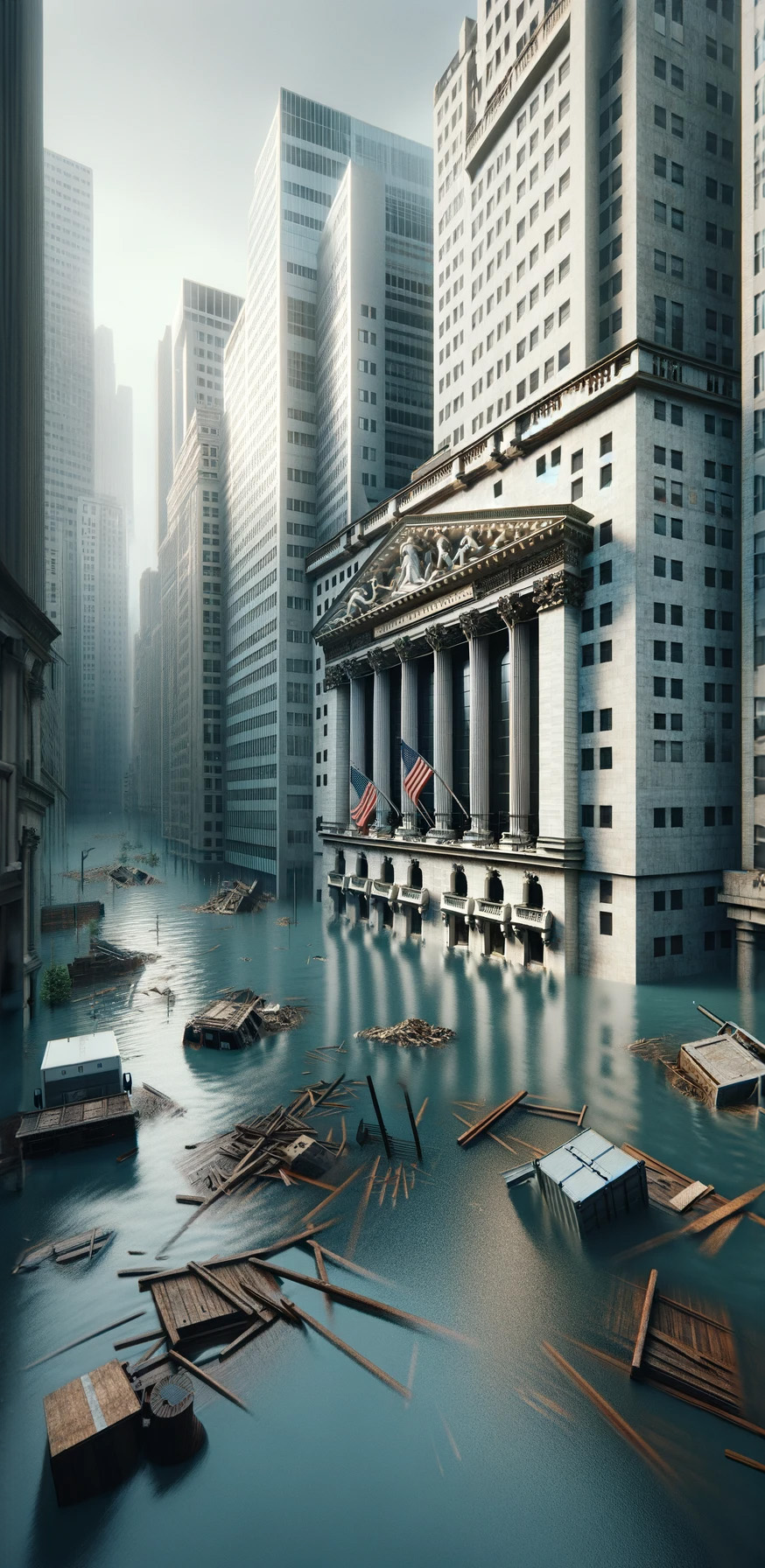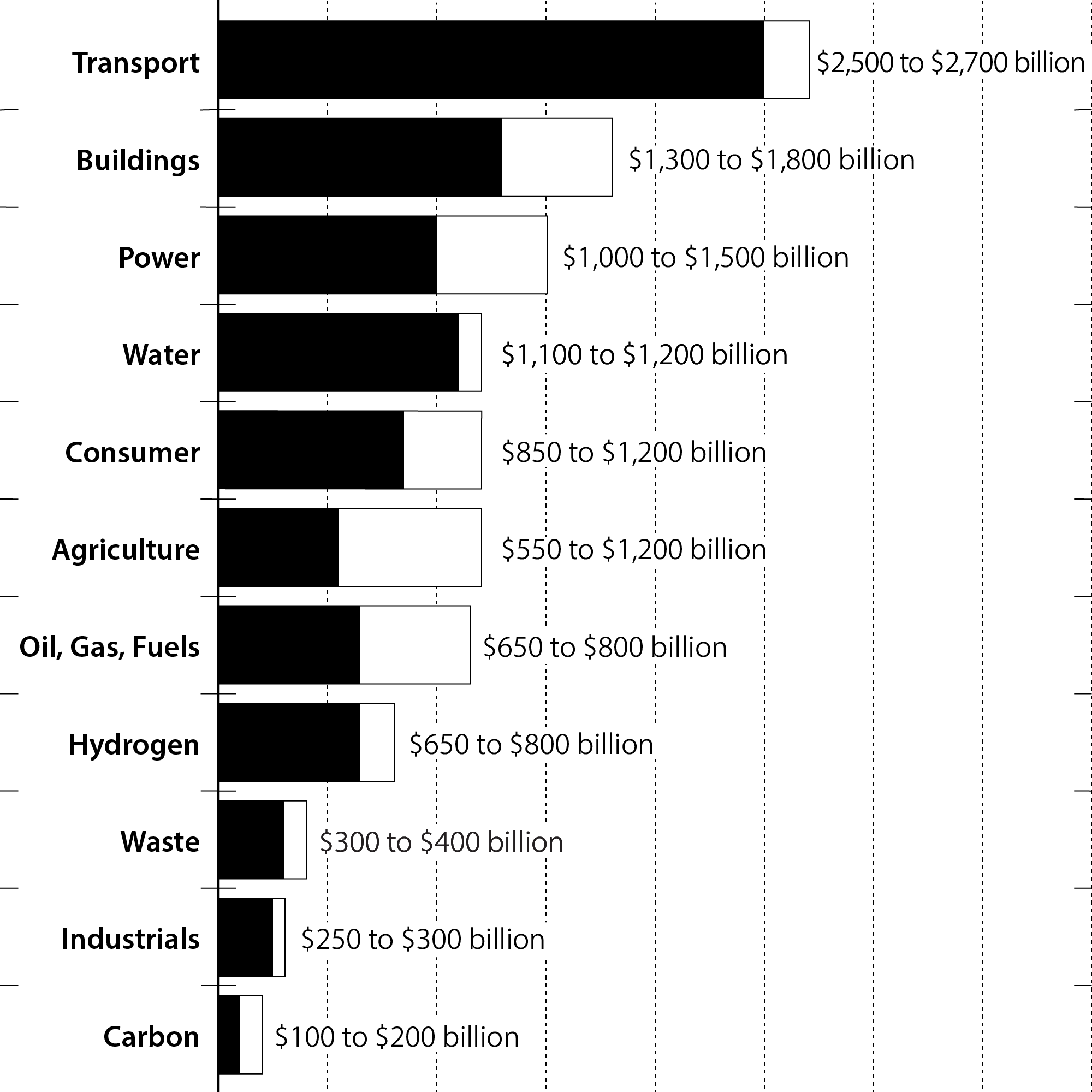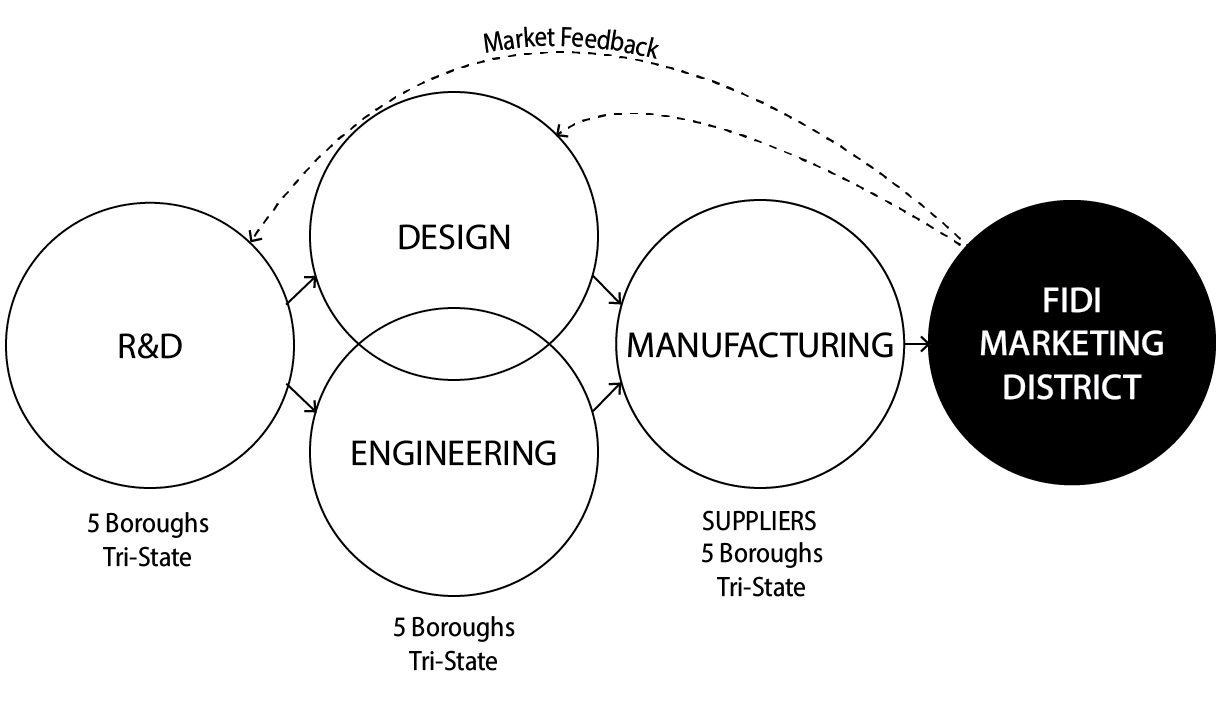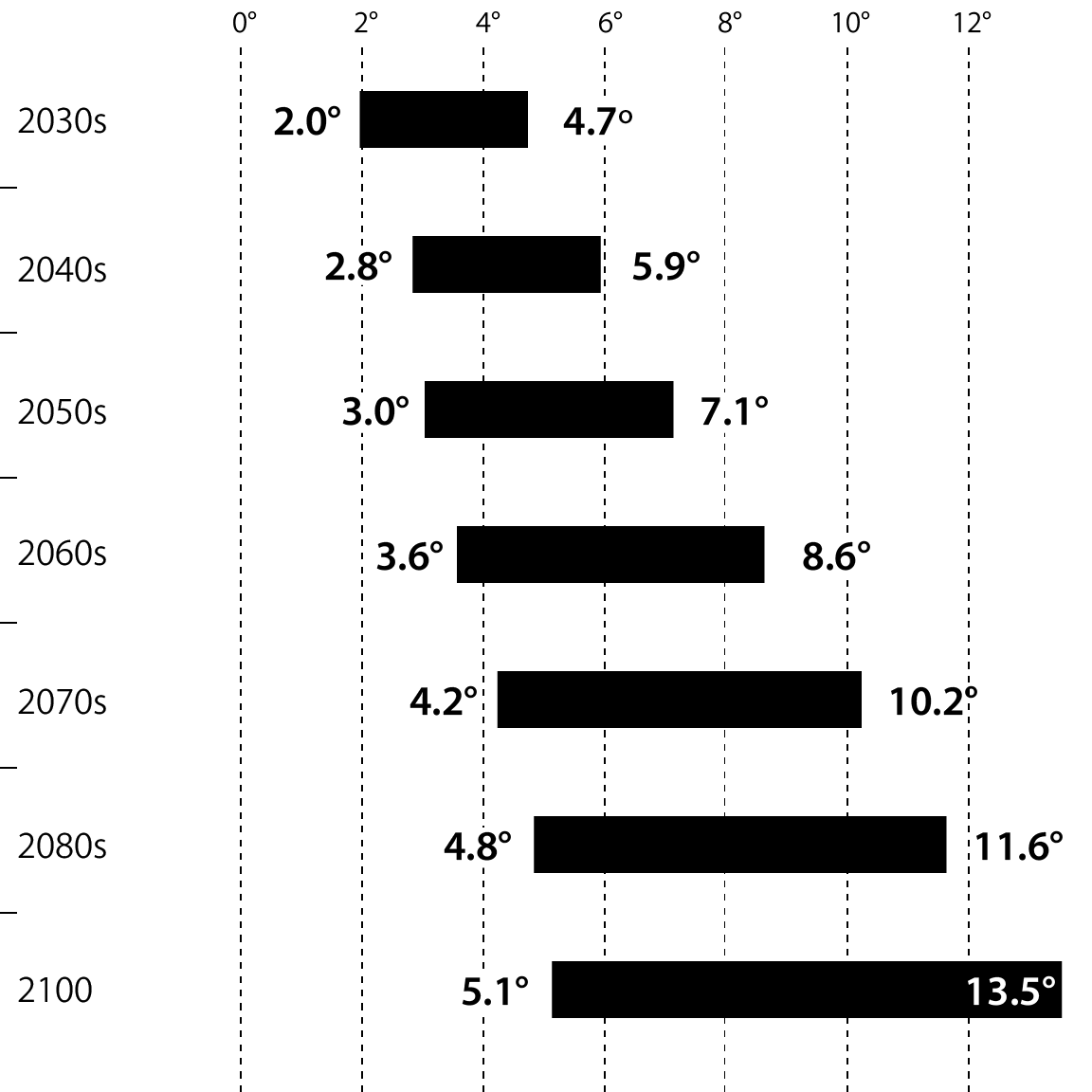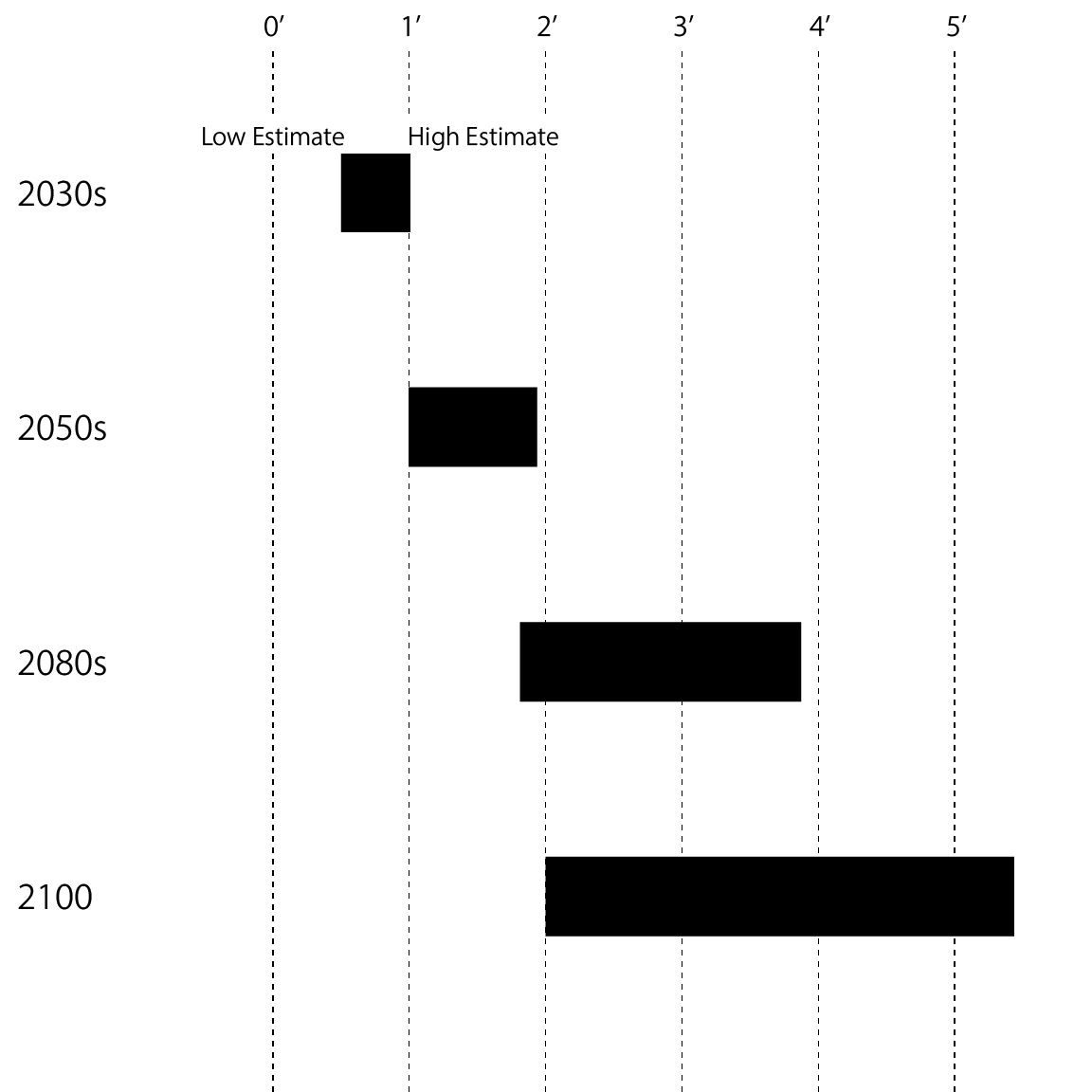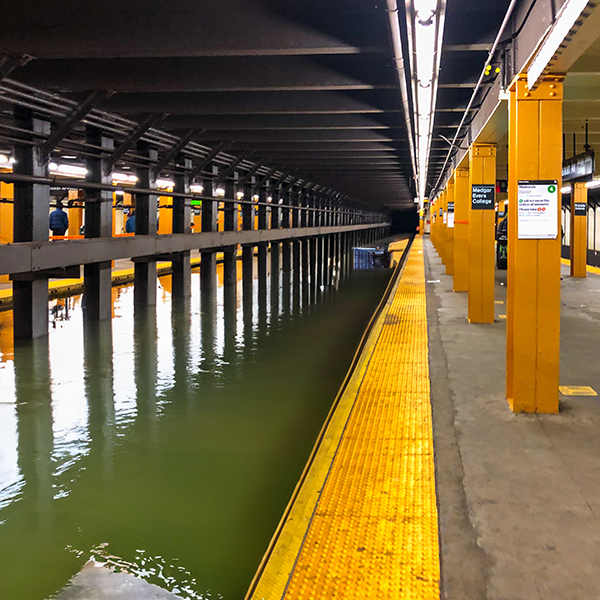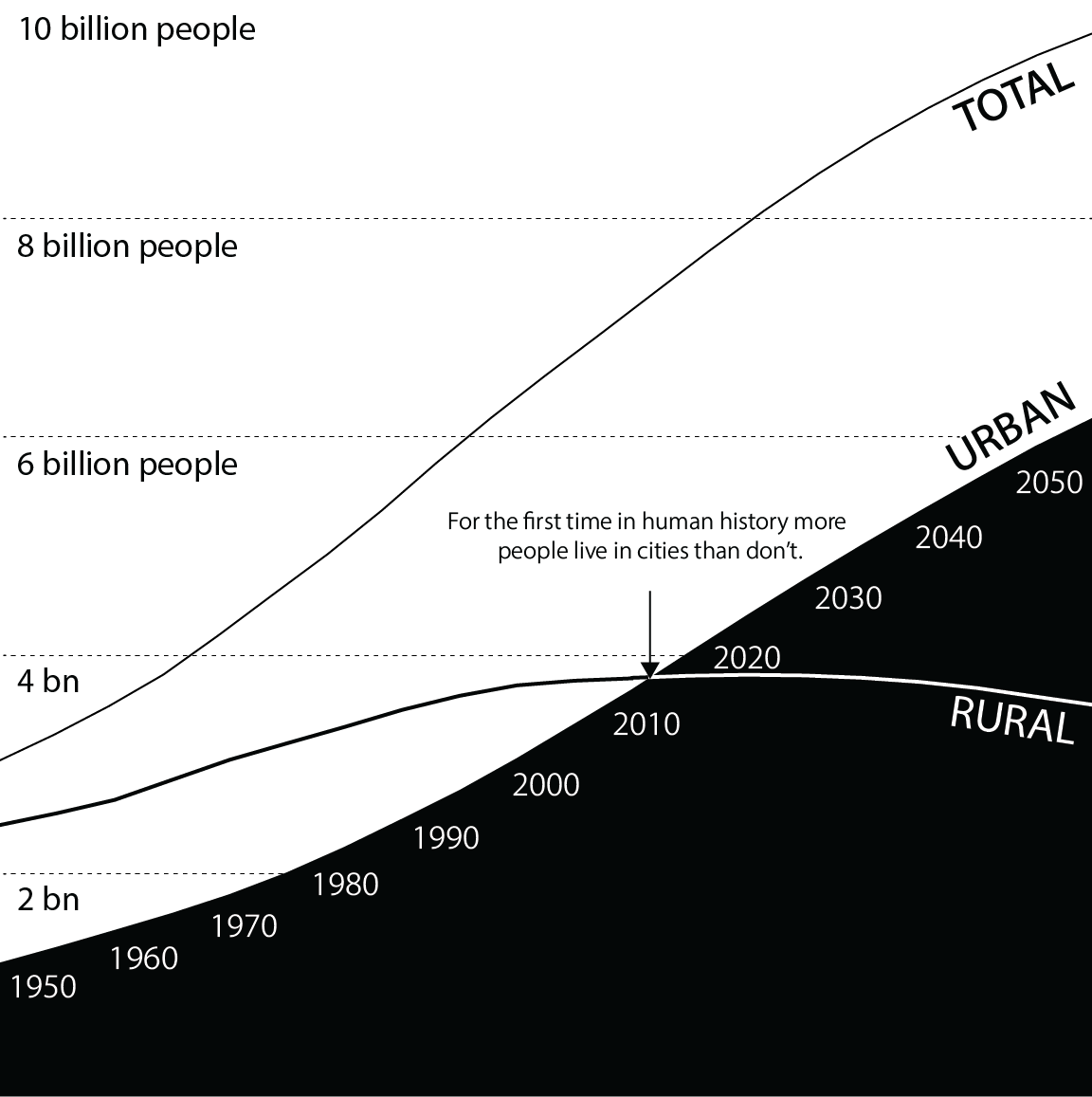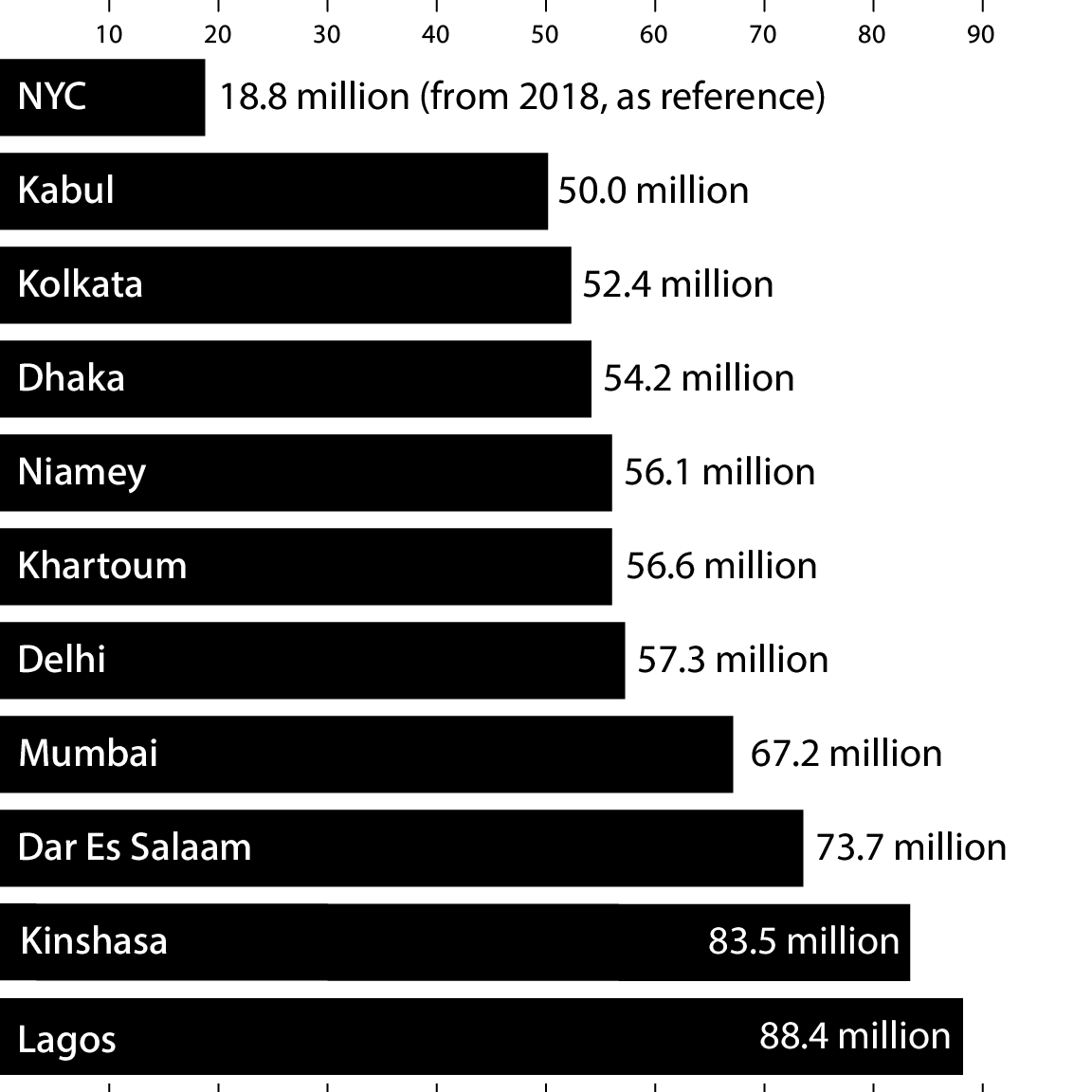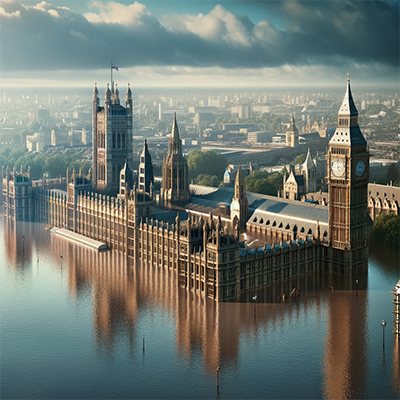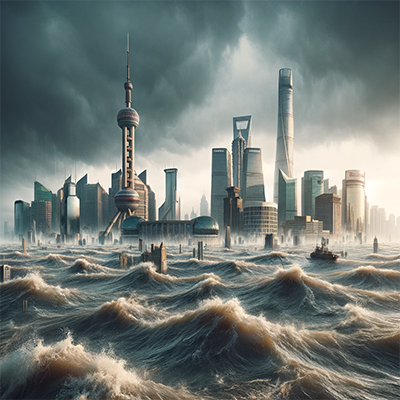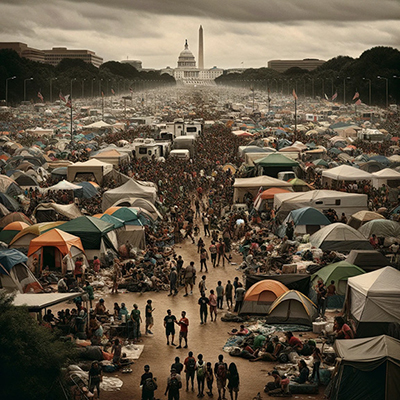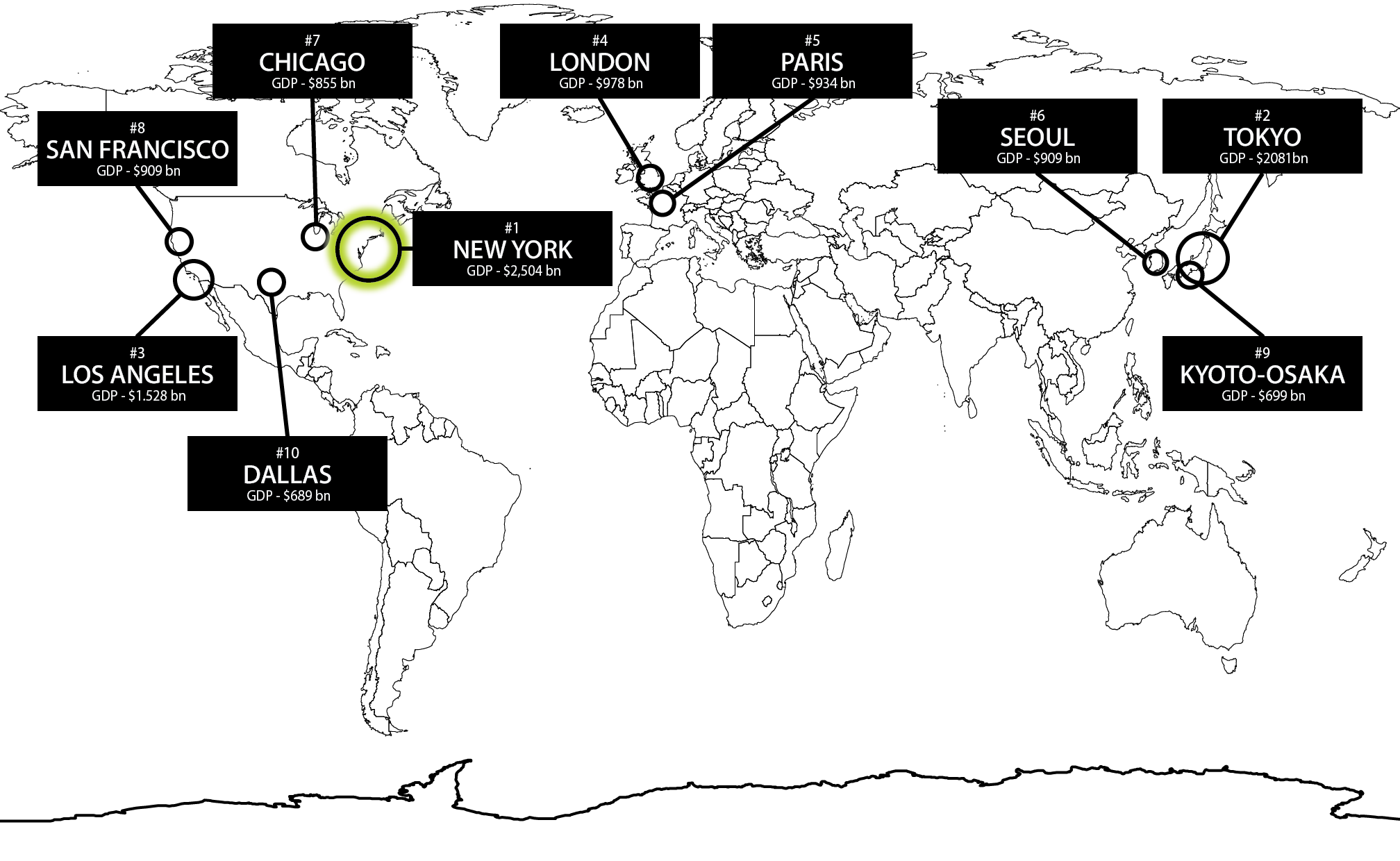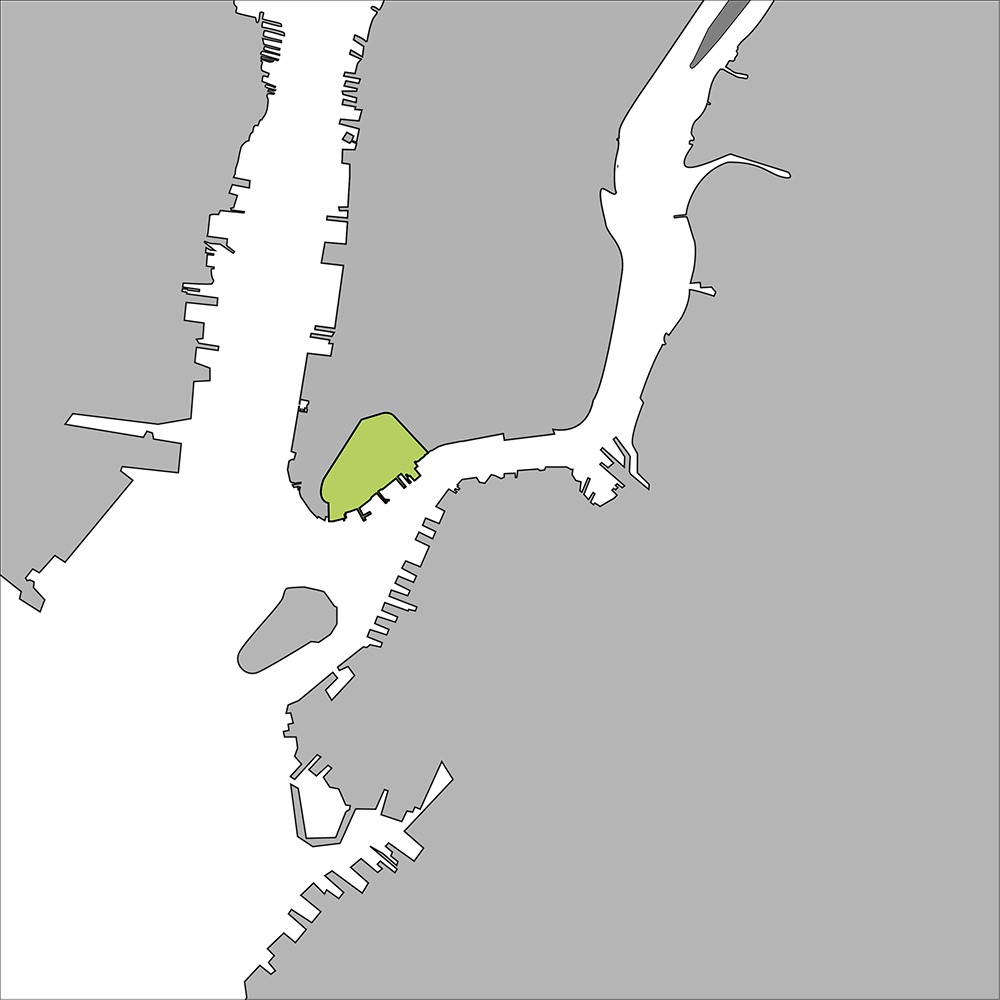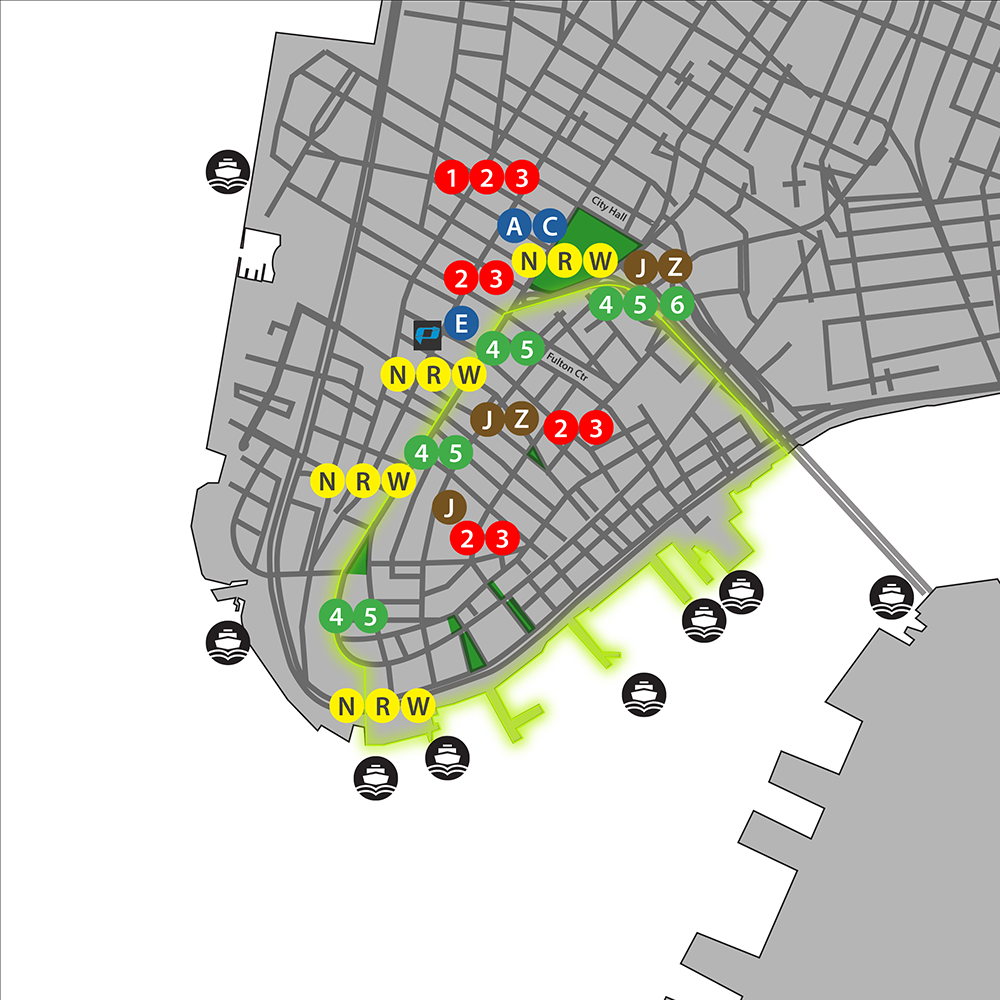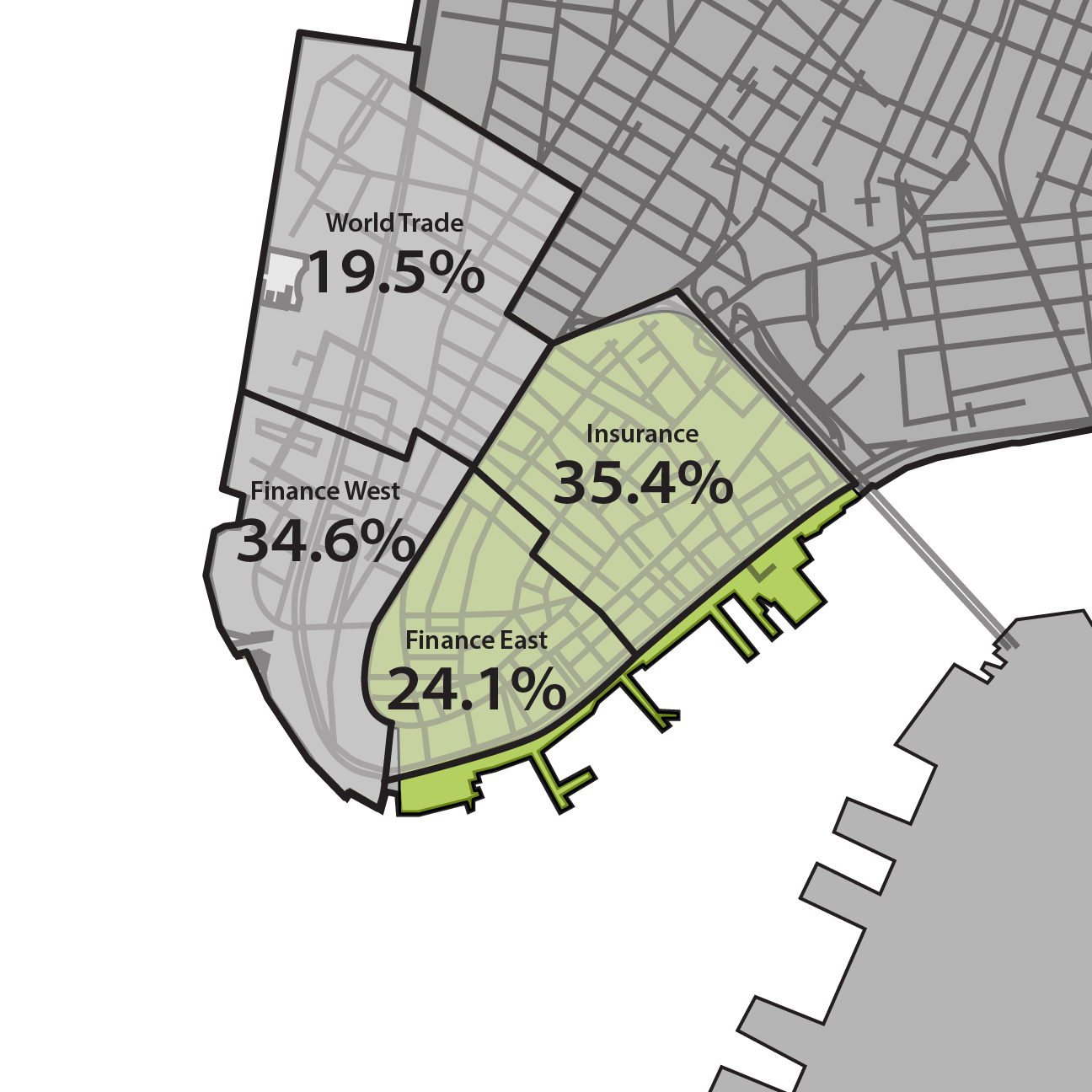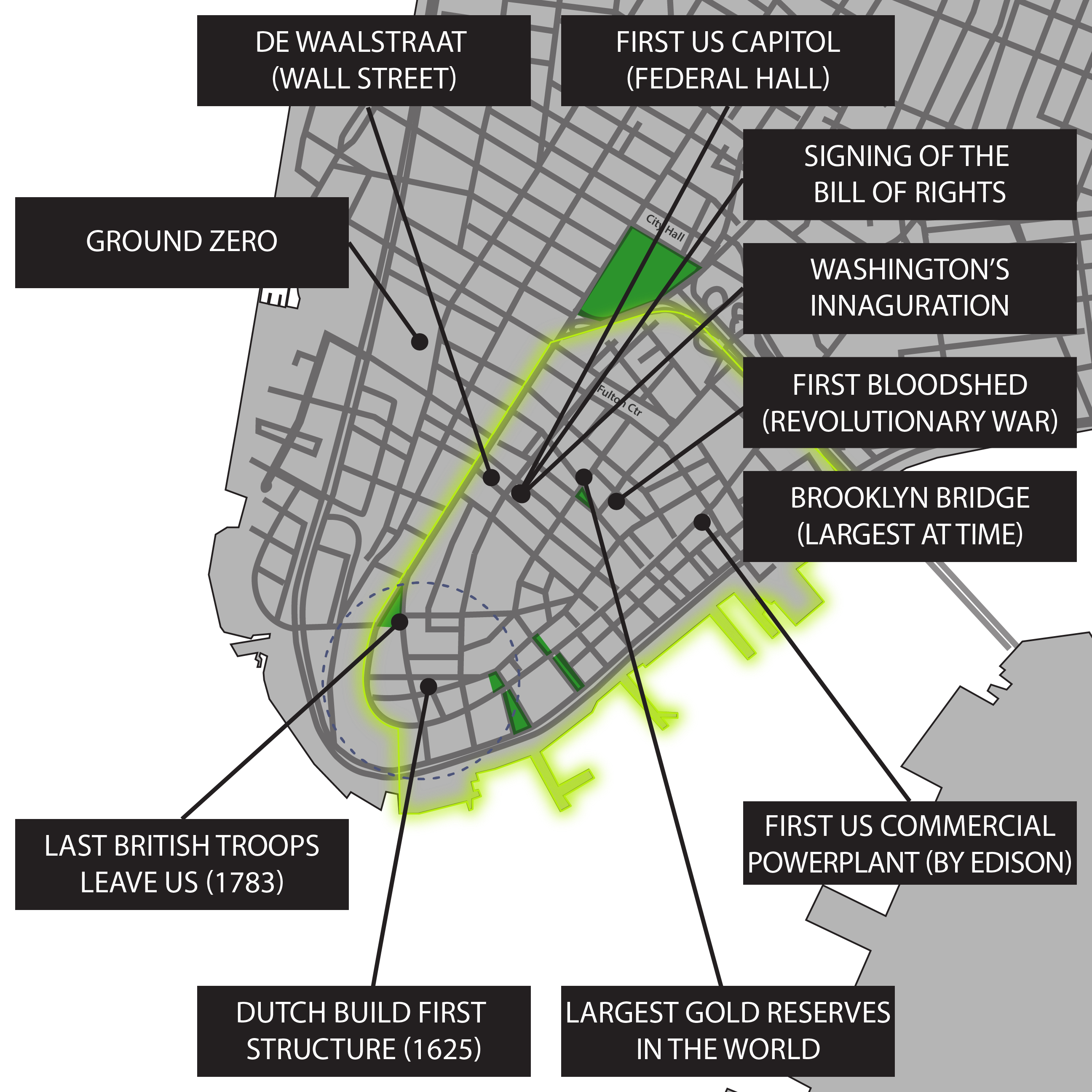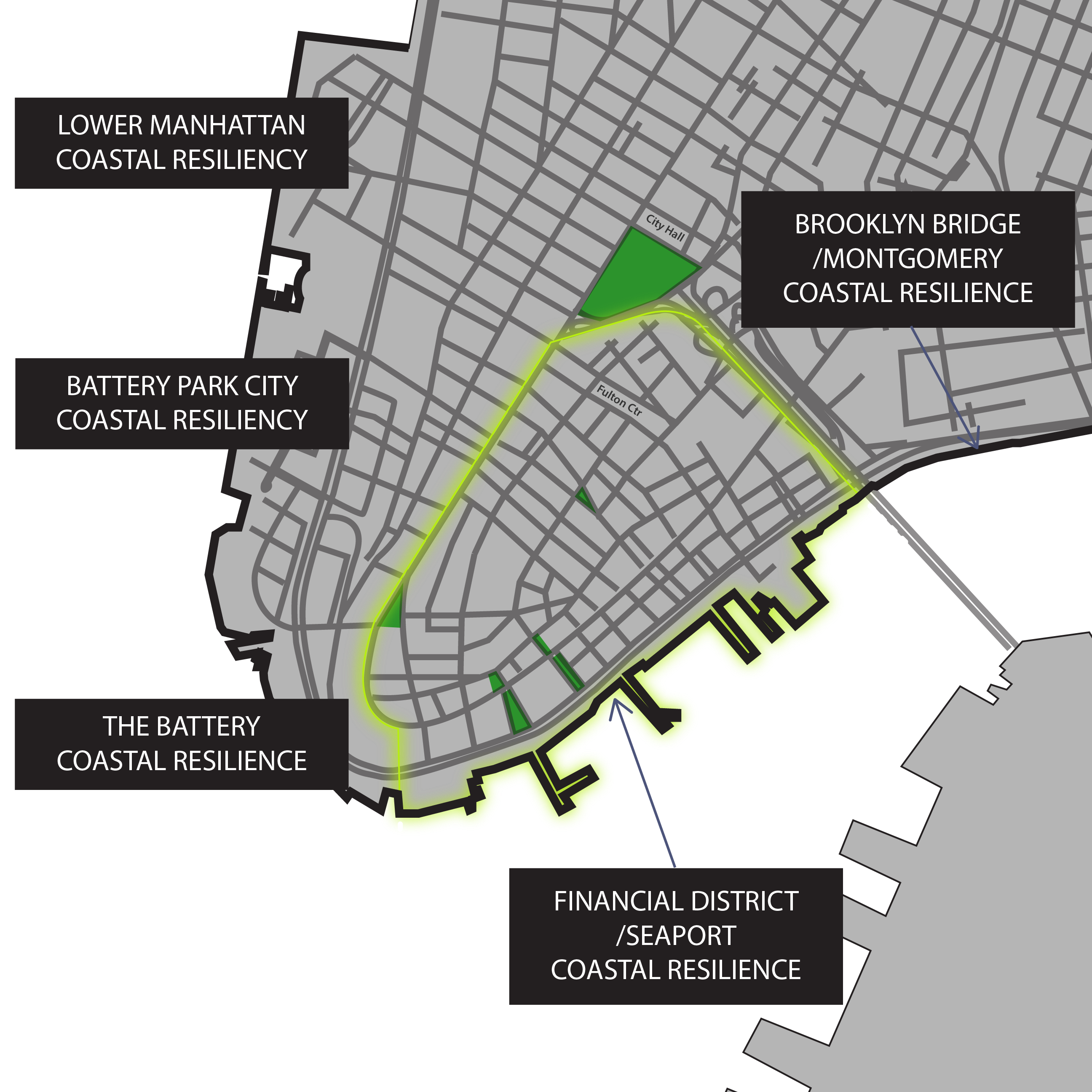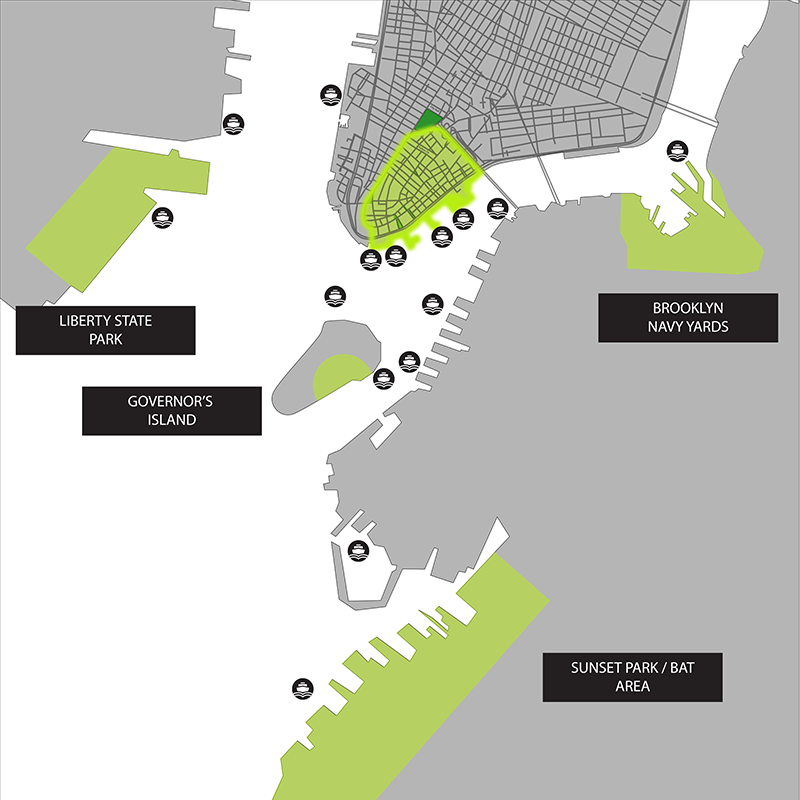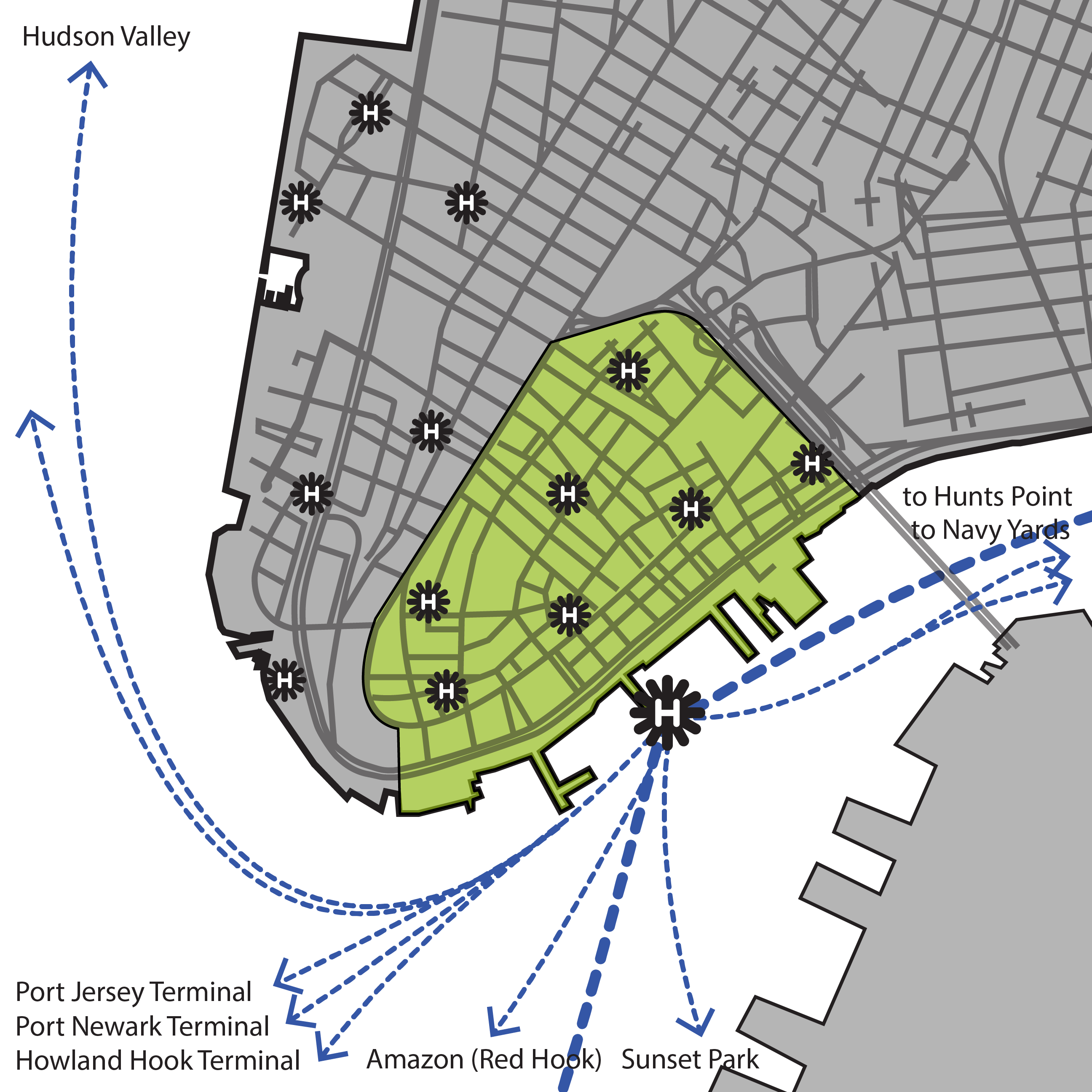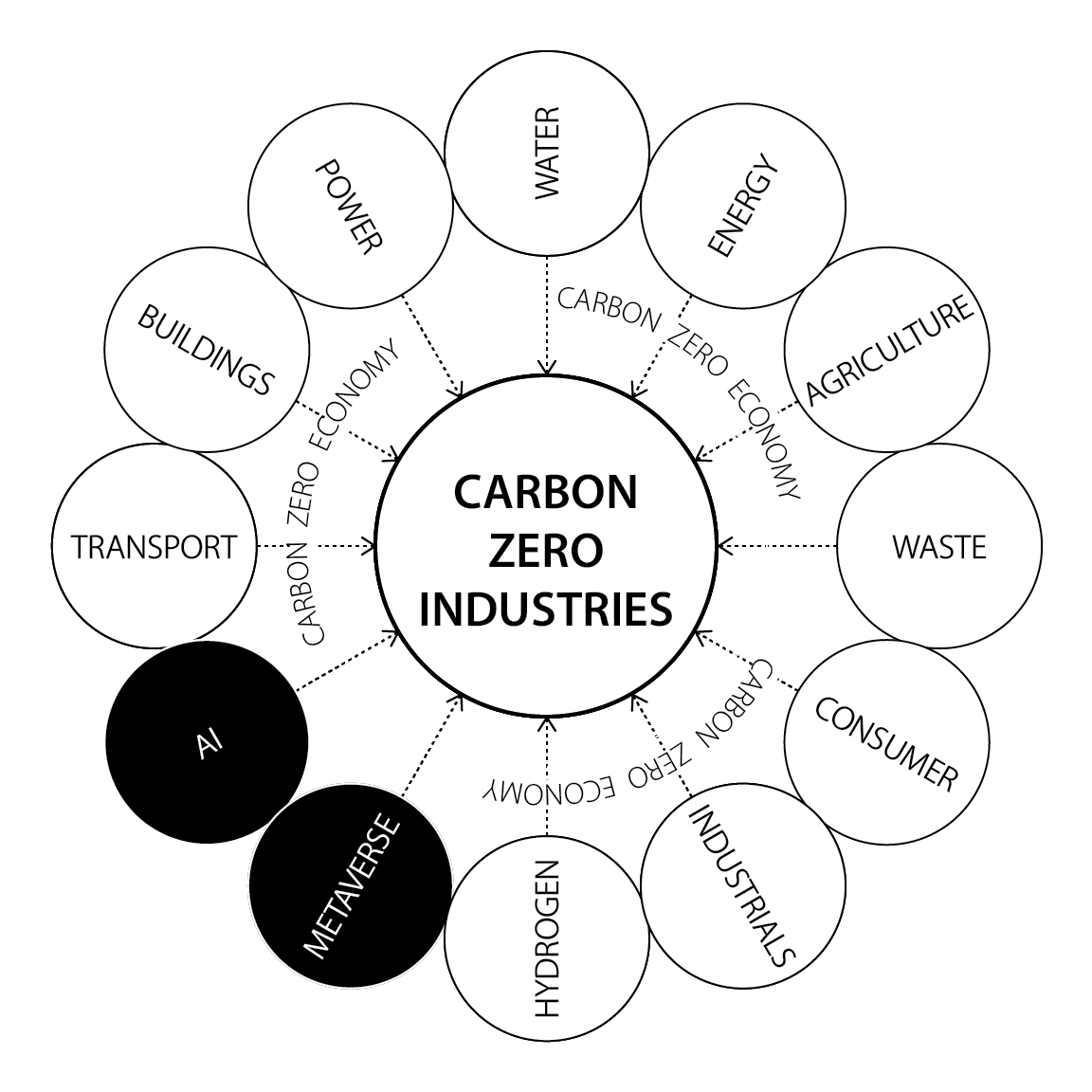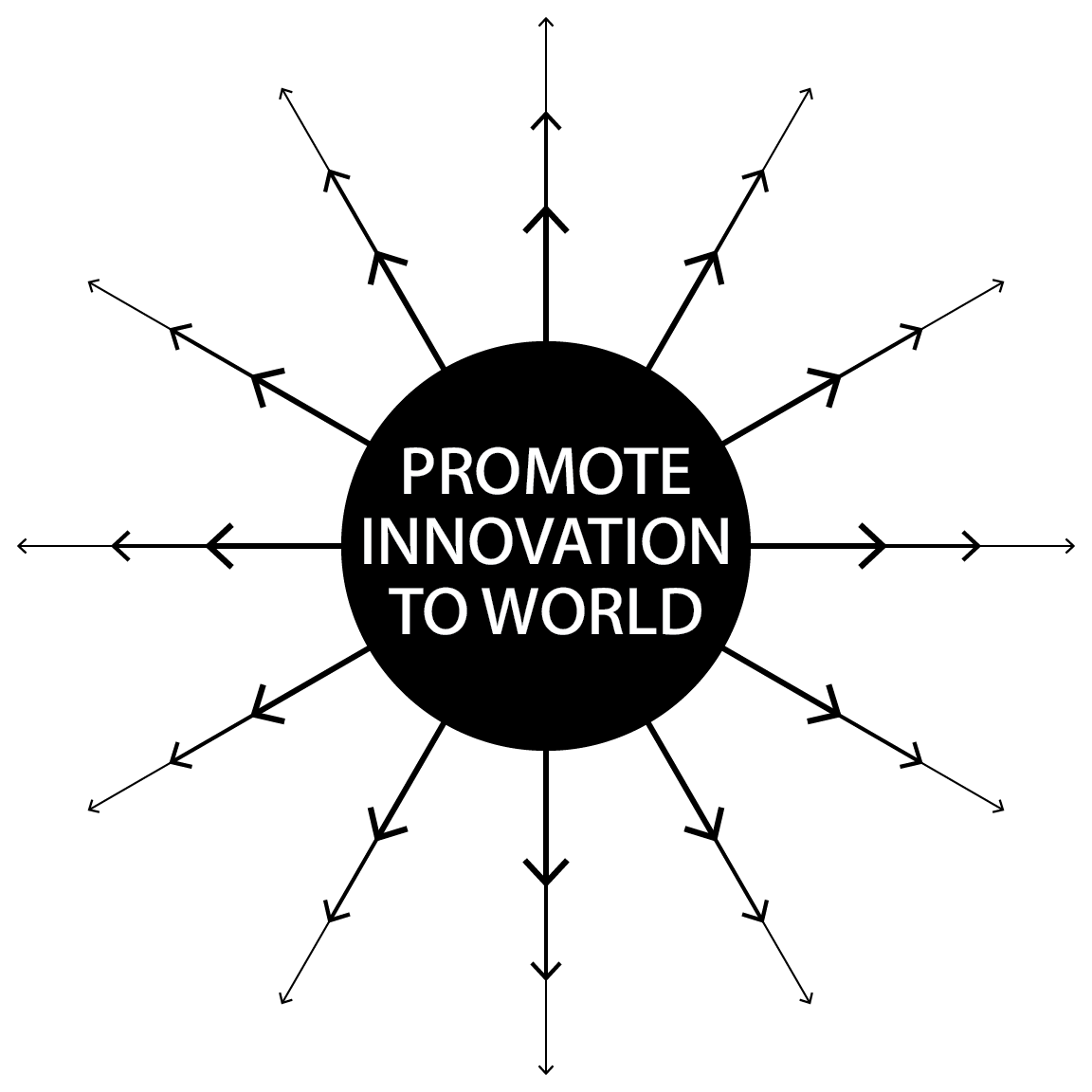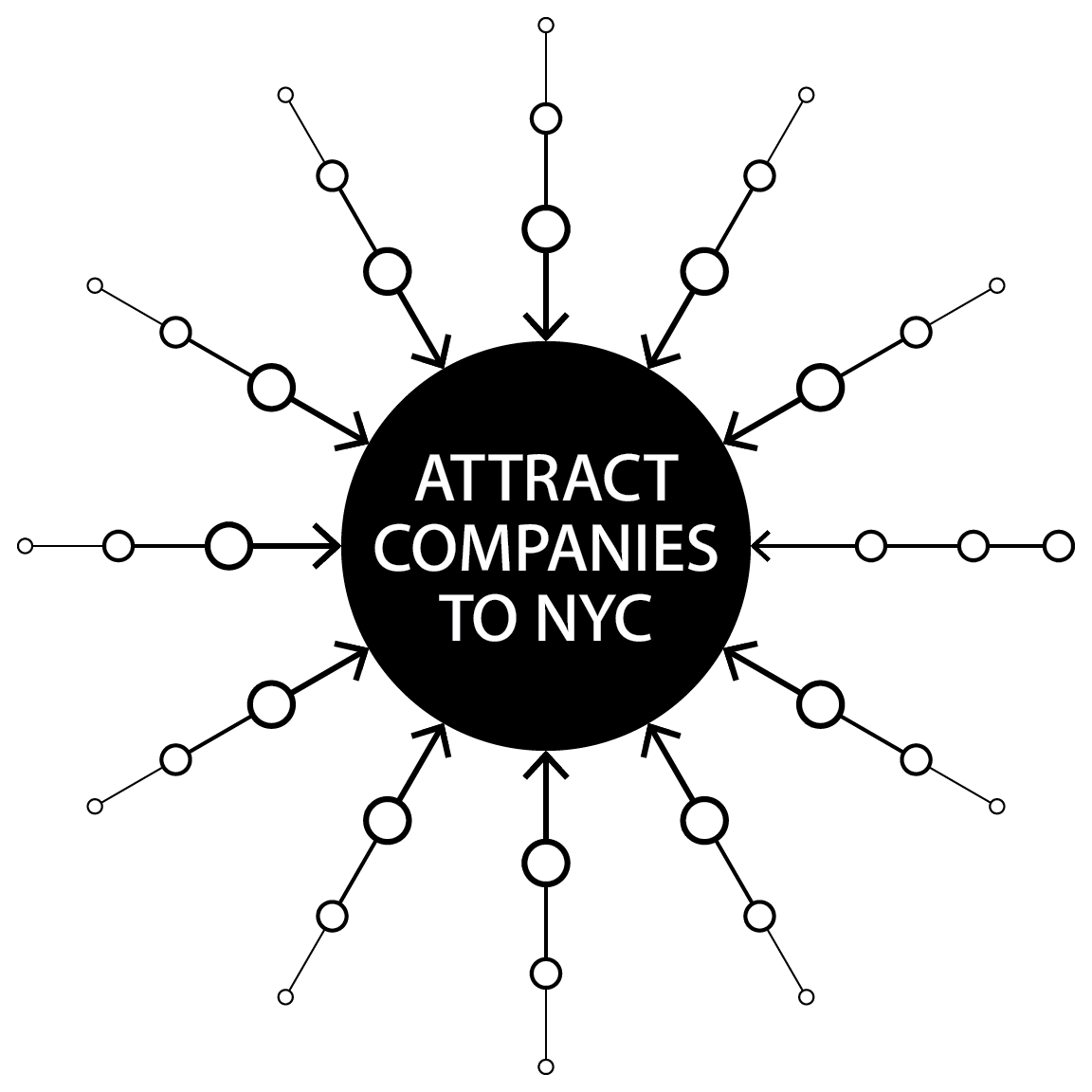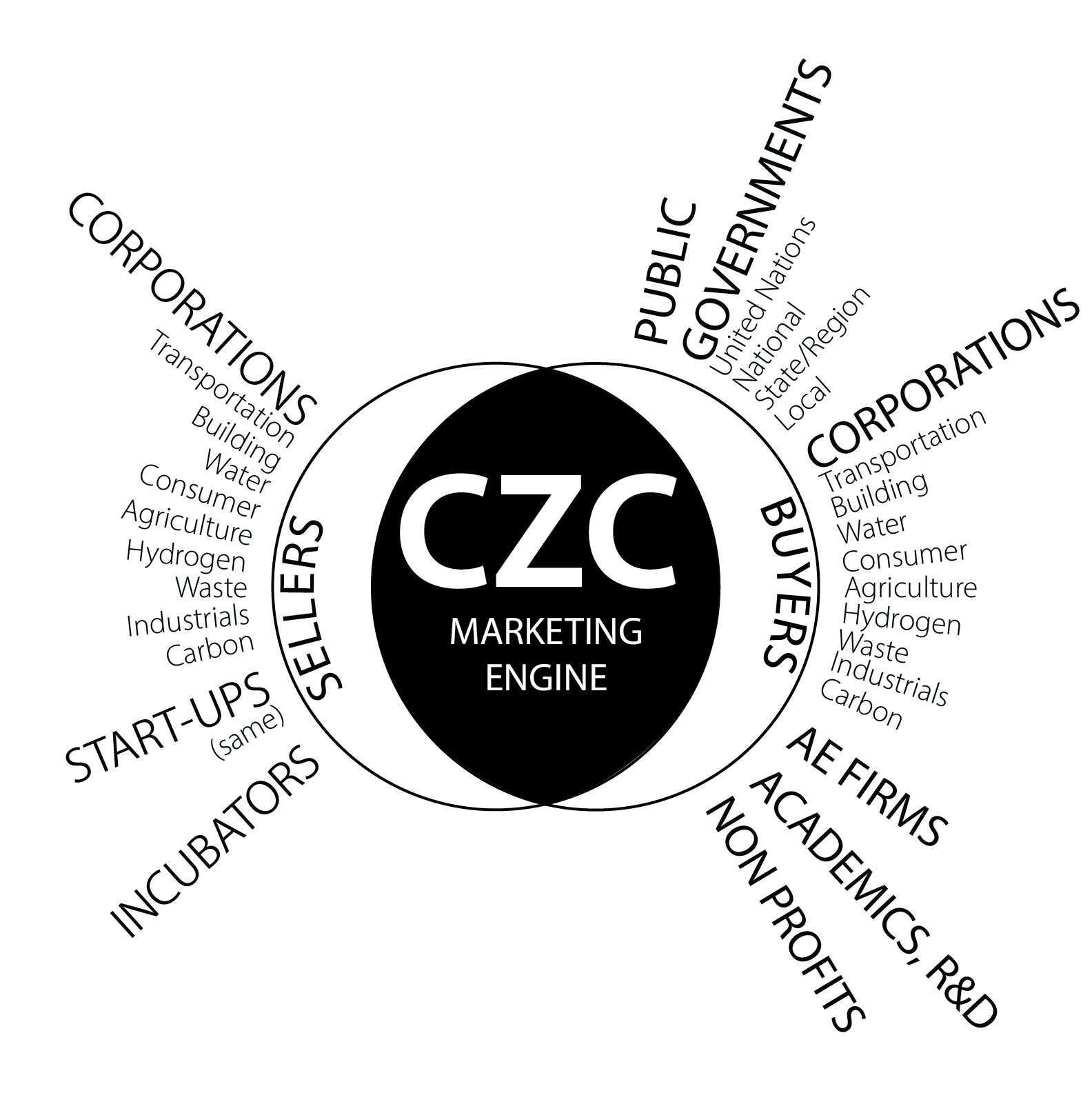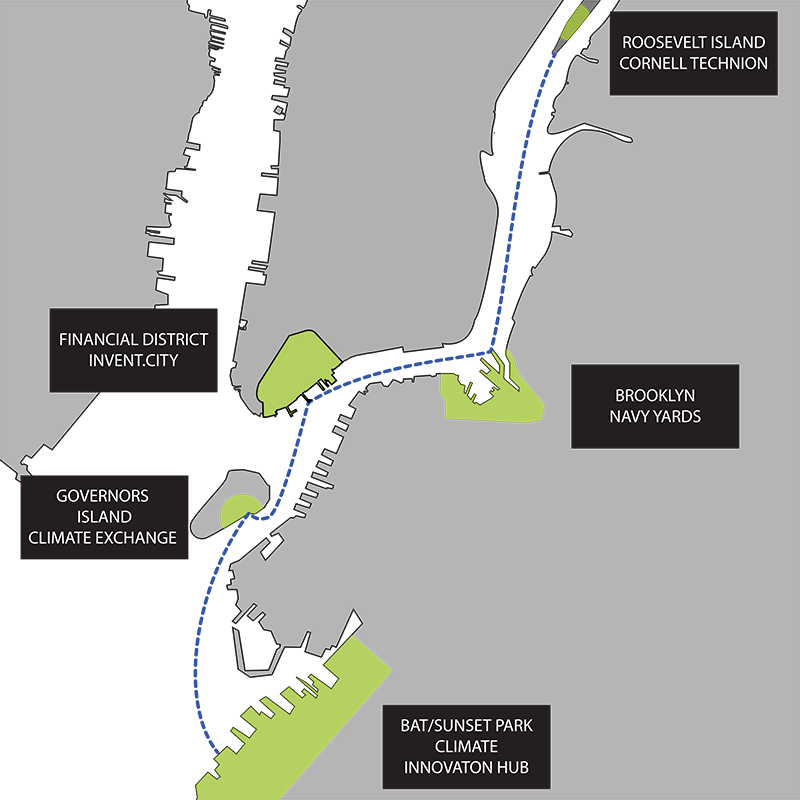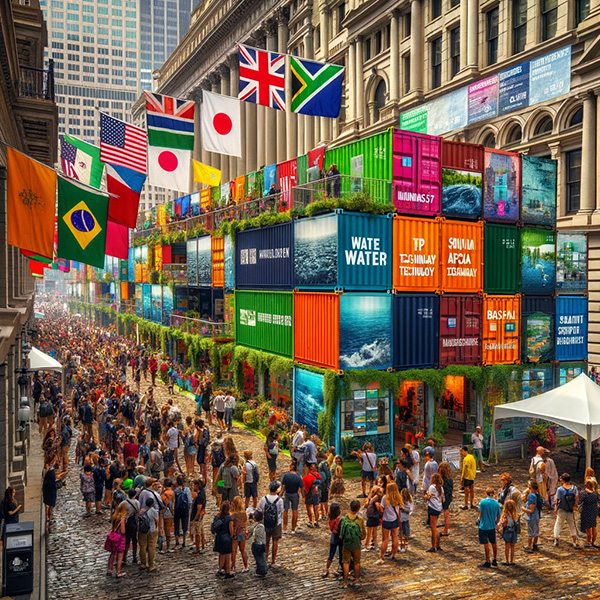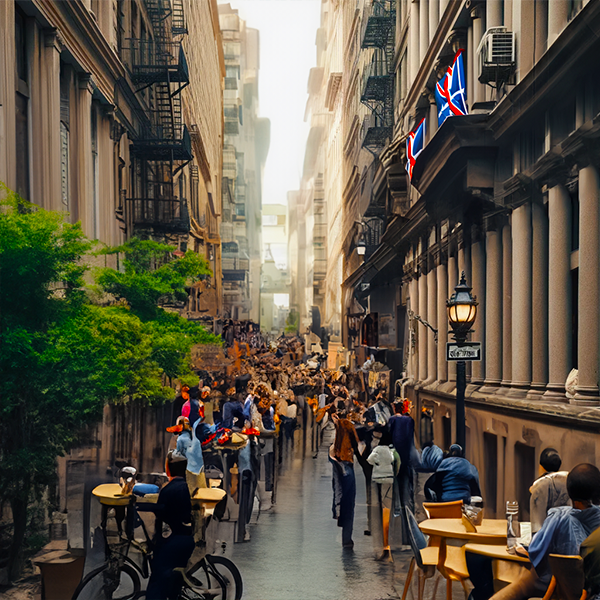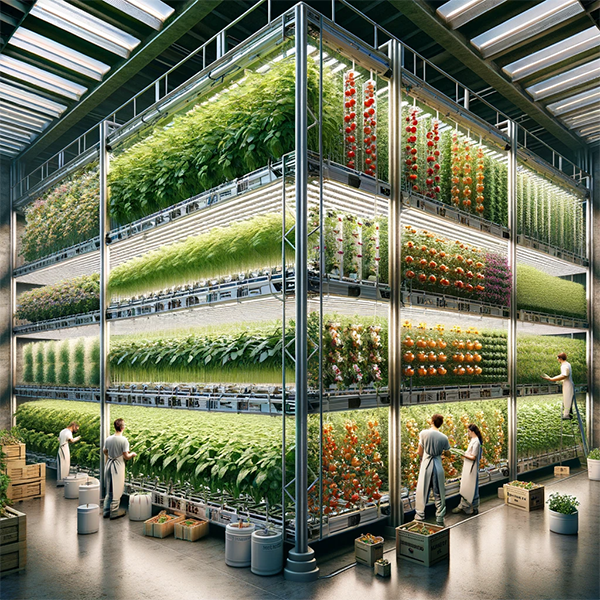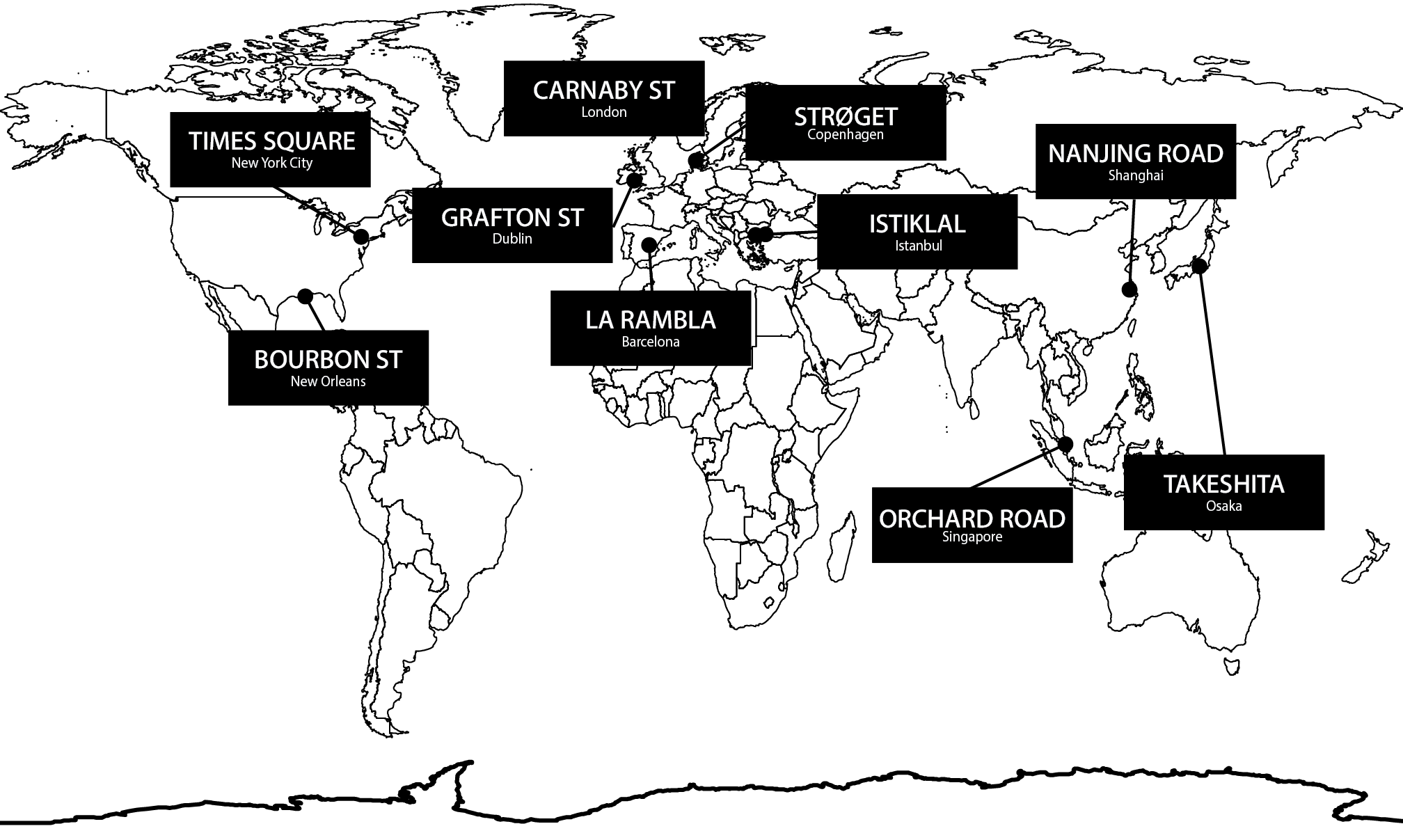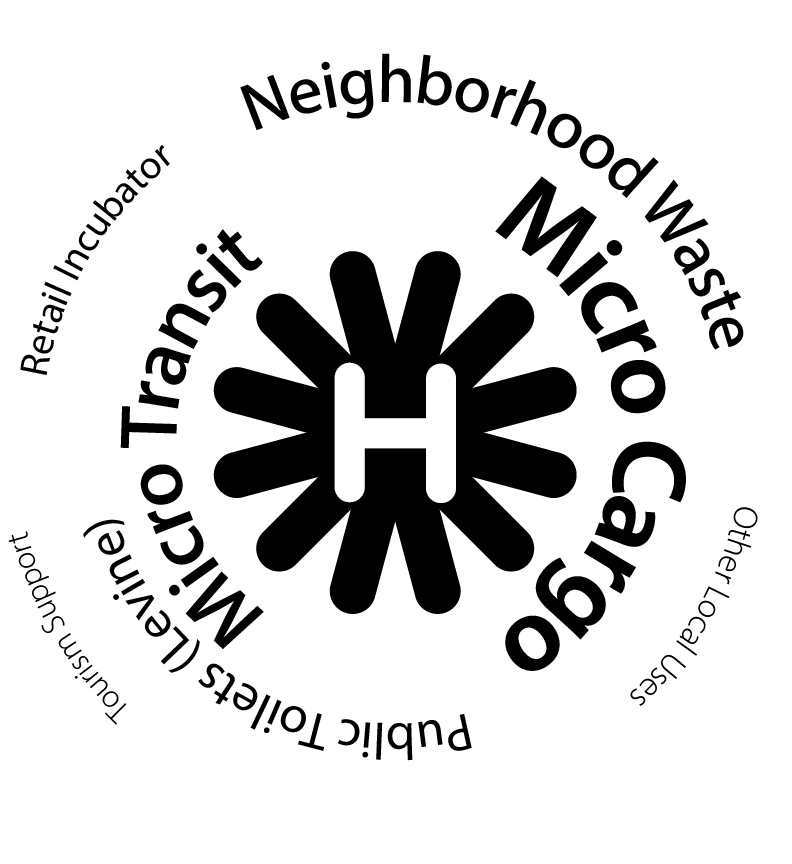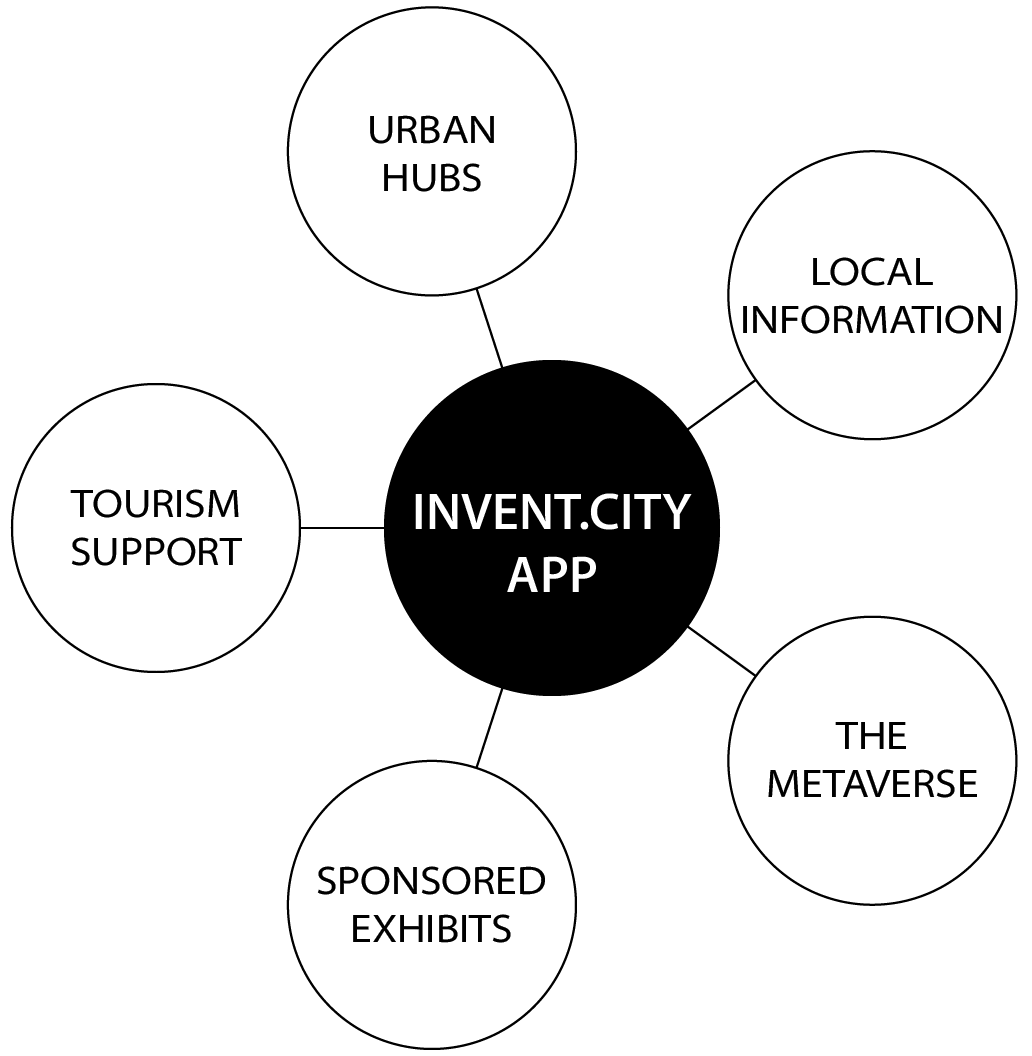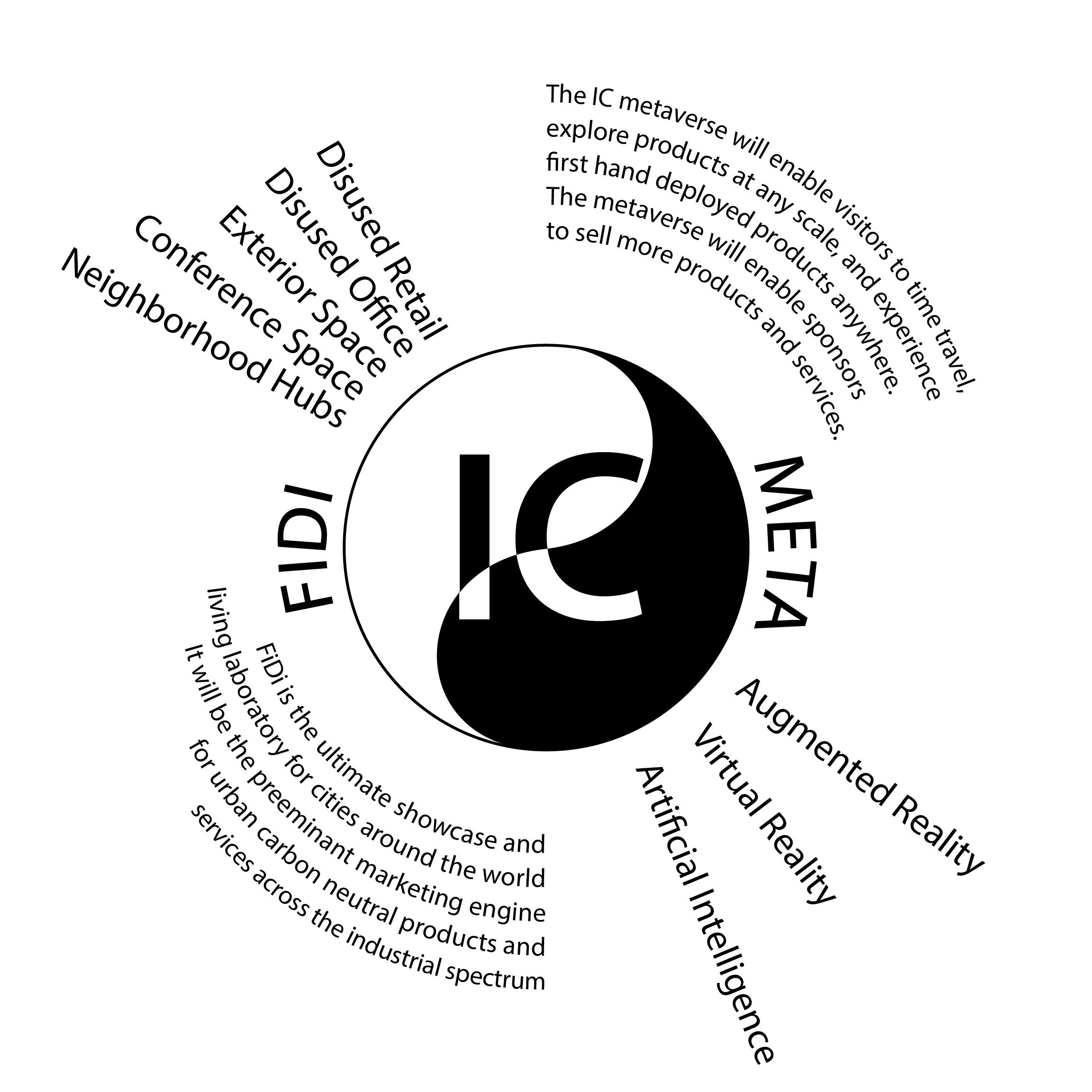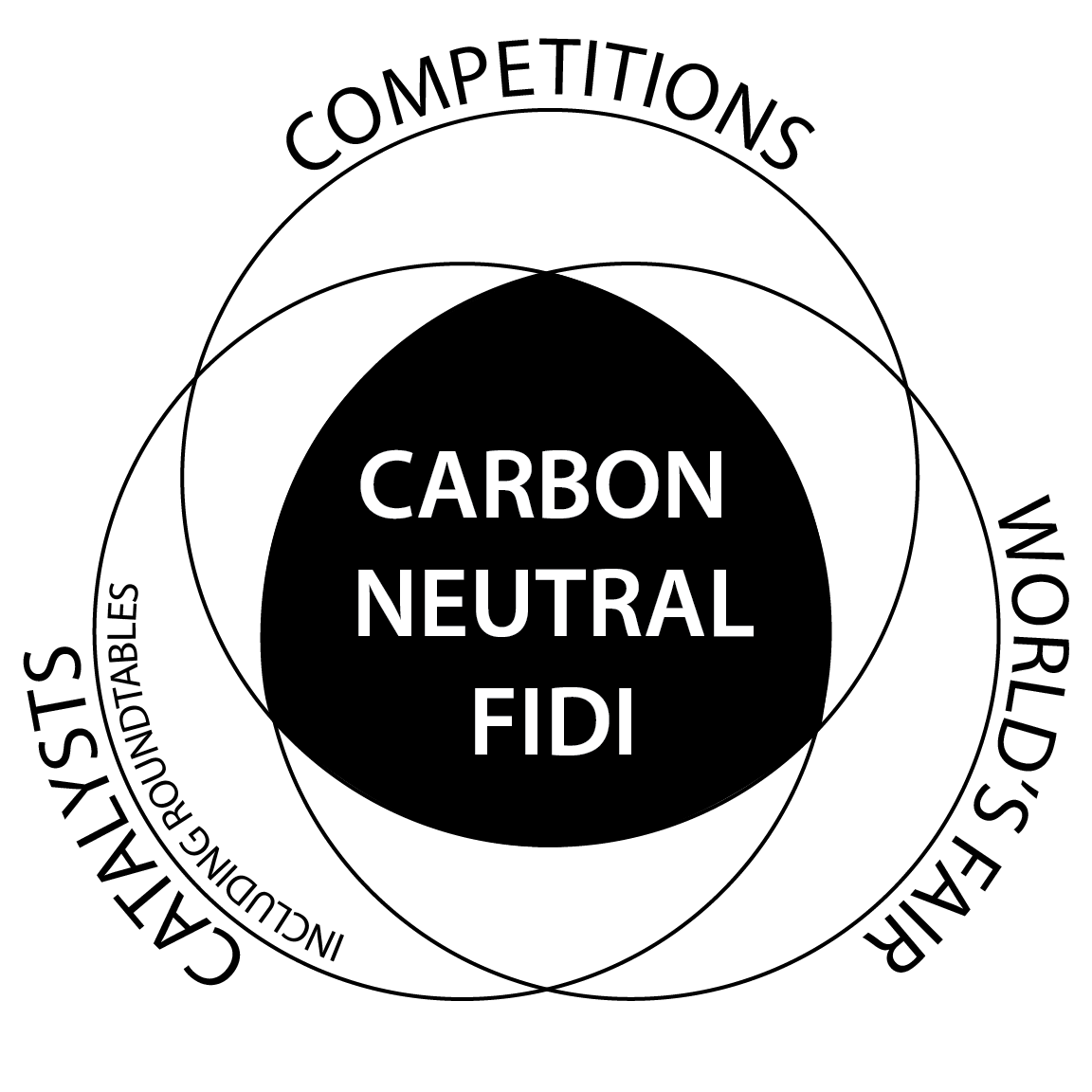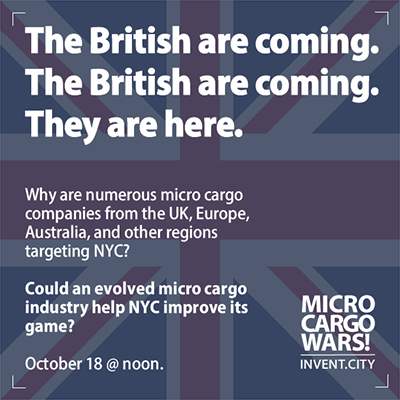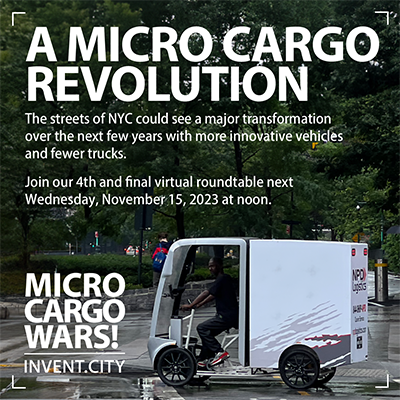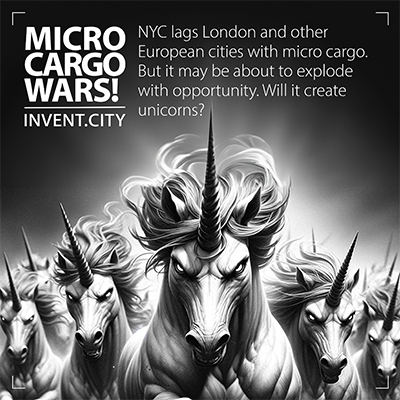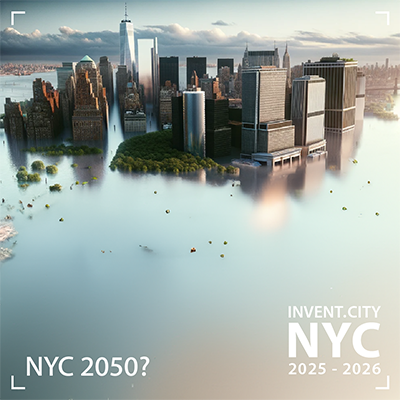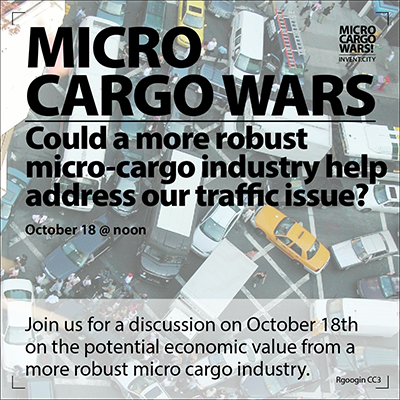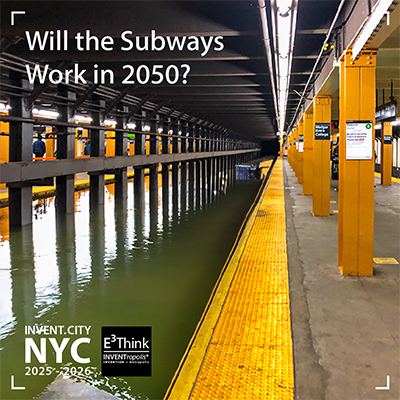THE
CLIMATE CRISIS
FOR CITIES IS
CODE RED
In 2023, heat records were shattered, and February this year has already become the hottest on record. Atmospheric CO₂ levels soared past 427ppm in March 2024, with sea levels around New York City rising at an accelerating rate of 1.2 to 1.5 inches per decade.
Repercussions will include compromised building foundations, infrastructure damage from heatwaves, overwhelmed drainage systems, rising health costs, disrupted transportation networks, plummeting property values, and migrant costs, for starters.
Carbon Zero City is a proposal to develop and implement a framework to enable NYC to take a preeminent global role in aggressively pushing back on the climate crisis in cities worldwide, and by doing so, reap significant economic opportunity.
This includes transforming NYC's Financial District (FiDi) into a global model carbon zero city.
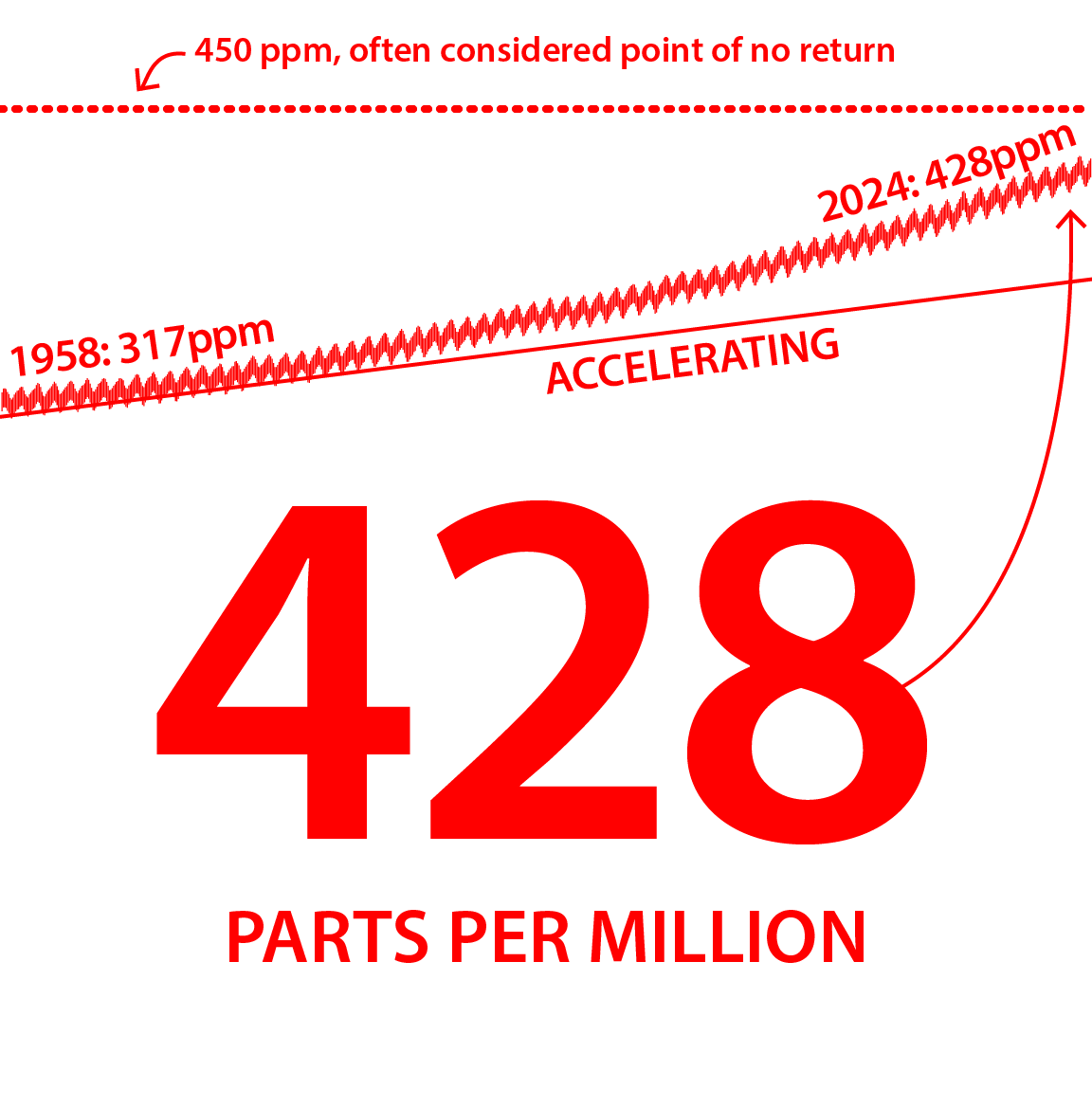
Atmospheric CO2 — Reached its highest in recorded history in March 2024. CO2 is the primary driver of the climate crisis driving up heat. Helping cities reduce their CO2 footprint is a goal. CO2 is increasing at an accelerating rate.

Massive opportunity — It is a market that is global, imperative, and big. It is projected to be as much as $12.3 trillion by 2030. Carbon Zero City will focus on urban carbon zero products and services.
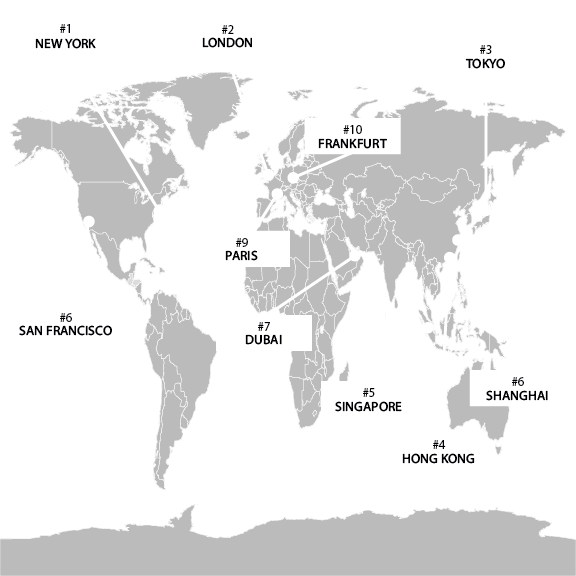
NYC is most influential — Generally, the Global Financial Centres Index (GFCI), The Economist, Forbes, and the World Economic Forum place NYC as the most influential city.
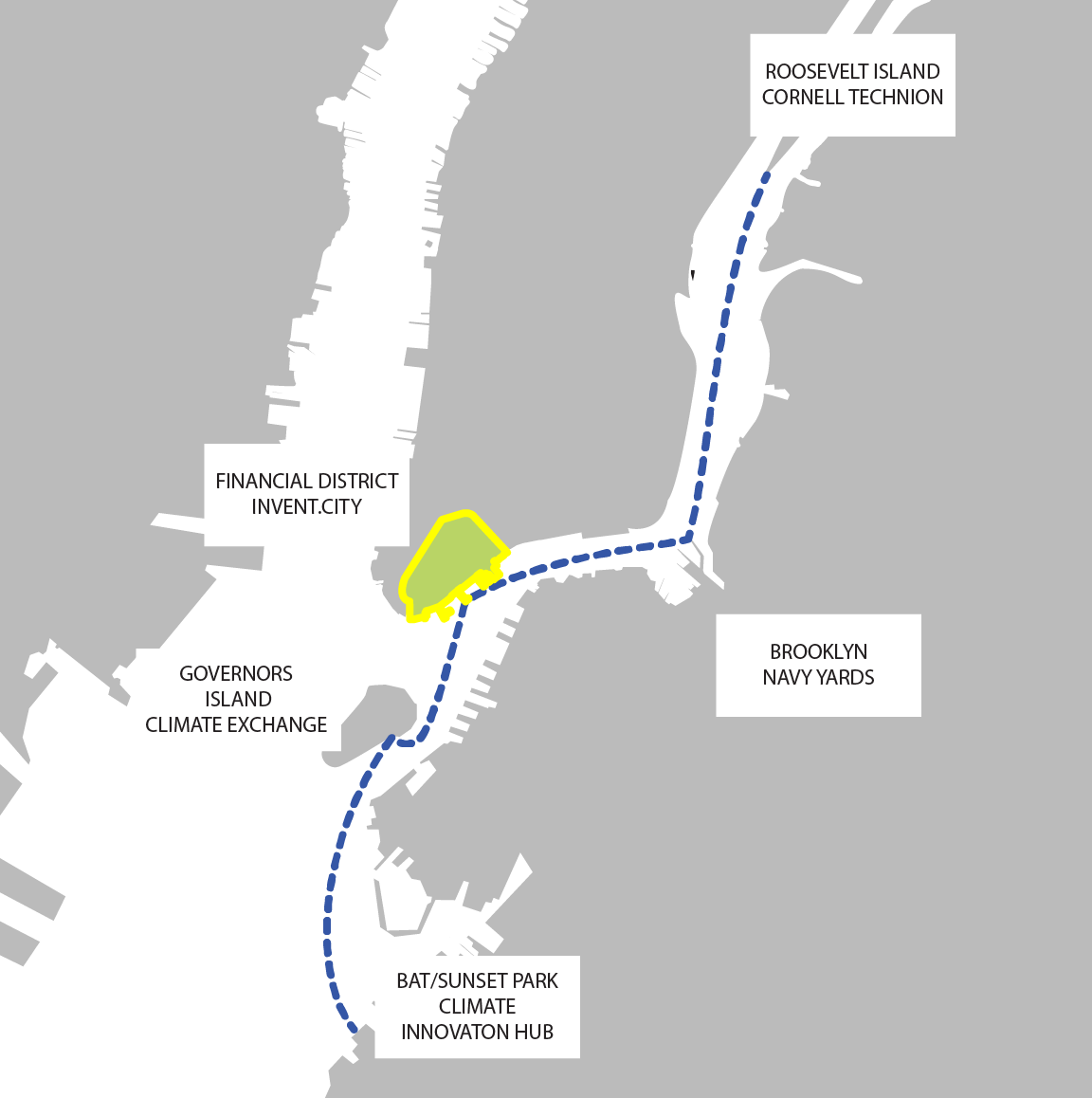
Ideal location — FiDi is historically significant, where the Dutch confiscated land used by the Lenape and founded what became NYC. It is internationally recognized, home to Wall Street, and is the most transit-accessible neighborhood anywhere. It also has ample vacant spaces.
A portfolio of events — The portfolio of action-oriented events will promote, advocate, ideate, and bring together buyers and sellers of carbon zero products and services.

Expanding and deepening reach — Complementing the physical will be the virtual. Virtual, including the metaverse, will enable CZC sponsors to have deeper engagement with current and prospective customers. It also dramatically expands reach to worldwide 24/7.

